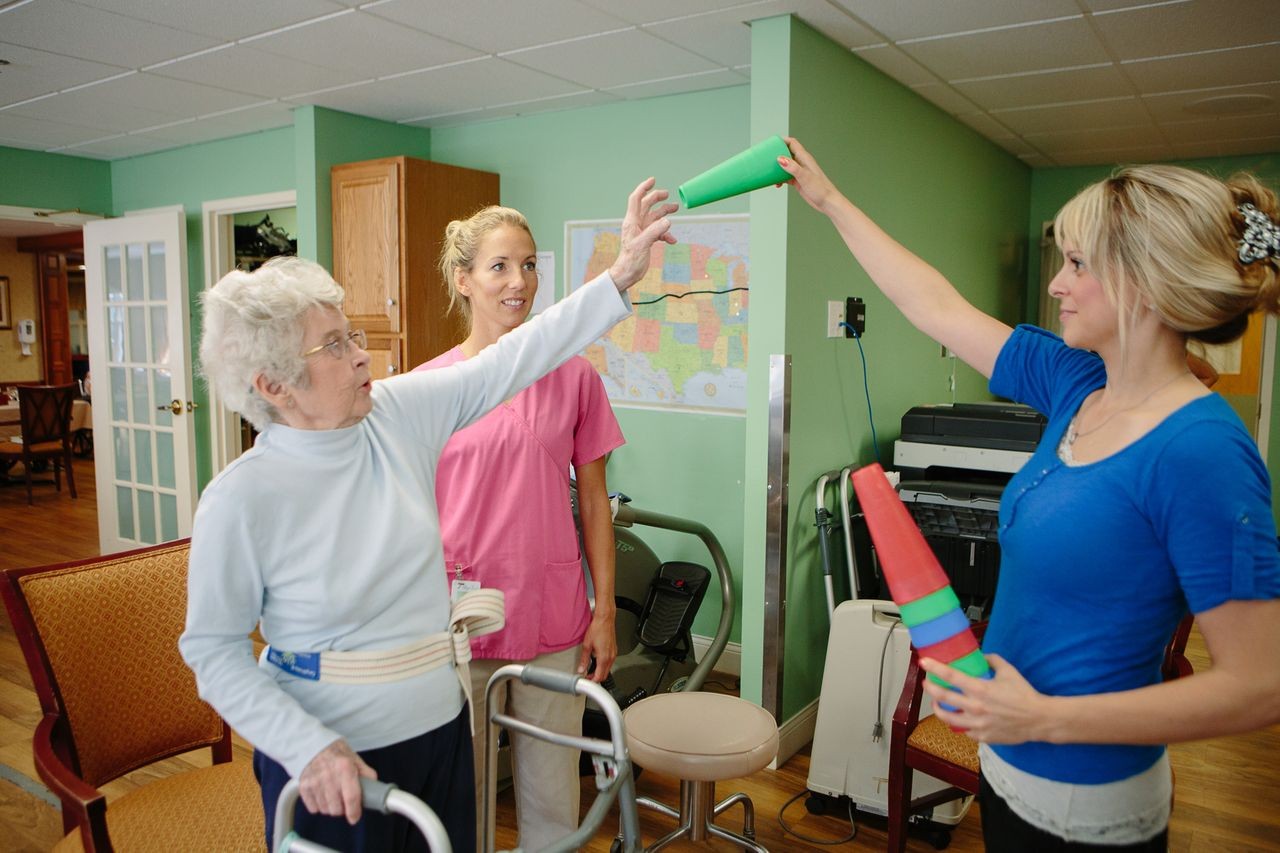What should be the response to inaccurate numbers?
The numbers used to promote the transition of nursing home residents to the community under plans to reinvent Medicaid are off by a factor of 20
PROVIDENCE – Numbers do matter; inaccurate numbers – like cover-ups of bad policy decisions – often have a way of coming back and biting folks hard on the rear.
After some $175 million spent by the state in hiring Neighborhood Health Plan of Rhode Island to undertake the managed care of Rhode Island seniors receiving Medicaid in nursing homes, under the Rhody Health Options program as part of the Integrated Care Initiative, the total number of long-term care seniors transferred back to the community by Neighborhood Health as part of the managed care strategy in the last 18 months is 53.
That’s correct; the number is 53, according to a report filed by the Office fo Community Programs under R.I. Executive Office of Health and Human Services, covering Neighborhood Health’s managed care program, beginning in November of 2013.
A much larger number – “more than 1,000” – had been used by Elizabeth Roberts, secretary of the R.I. Executive Office of Health and Human Services, in a recent interview with ConvergenceRI, when asked about the number of seniors who had been transitioned back to the community under Rhody Health Options.
That same figure – “more than 1,000” – had then been repeated by Dr. Deidre Gifford, director of the R.I. Medicaid, during her testimony before the May 2015 Caseload Estimating Conference, although Gifford was referring to the total number of transitions since 2009 when the state first began an initiative to move seniors back to the community.
The “more than 1,000” number, it seems, was an exaggeration, an apparent dissembling of the known facts; it covered seniors transitions back to the community beginning in 2009, under the state Global Medicaid Waiver, in programs begun four years before the implementation of Rhody Health Options in November of 2013.
In fact, the accurate number of total transitions back to the community was actually 742 over the six-year period beginning in 2009, not the “more than 1,000” figure used by the Raimondo administration. Why was the exaggerated “more than 1,000” used? Good question.
Equally problematic was the statement by Gifford, once again in testimony before the Caseload Estimating Conference, that Neighborhood Health’s share of those transitions since November of 2013 was [an inaccurate] 219, not the accurate number of 53.
Digging deeper
The 53 transitions of long-term care residents of nursing homes back into the community were once the province of the work performed through the Office of Community Programs, including the Money Follows the Person program, at the R.I. EOHHS.
Few if any of these transfers have happened as a direct result of Neighborhood Health’s interventions, according to a number of nursing home advocates. Most would have happened absent any intervention by Neighborhood Health.
In the contract between Neighborhood Health and R.I. EOHHS, the administrative part of the fee for nursing facility residents is $273 per month; with an average of 3,000 members enrolled in the Medicaid managed care program, that equals a cost of $819,000 a month, or $10.7 million a year. That seems like of a lot money – about $200,000 per person transitioned back to the community in administrative fees – for limited results.
The juggernaut
Despite the emotional testimony of nursing home directors at the May 14 hearing before the Senate Finance Committee, as reported by Providence Journal reporter Kathy Gregg, with opponents predicting a “tsunami of trouble” if the plans to cut some $128 million in Medicaid spending are enacted, as proposed by Gov. Raimondo’s working group to reinvent Medicaid, the likelihood of passage remains strong.
The rationale behind the reinvention of Medicaid and the cuts in spending is that Rhode Island can provide equal or better care, particularly for seniors in long-term care in nursing homes, transitioning them back into the community and building the supports for community-based care. Among the cuts proposed is a 2.5 percent reduction in rates for nursing homes. Nursing homes would have the opportunity to reclaim some of the lost revenue in future years if they can meet the new metrics of innovation in care set by the state.
“If produce goes up, McDonald’s can charge more for a salad. I don’t have any ability to do that. The few areas that you can make cuts in a nursing home are usually staff,” said Shaun Cournoyer, director of the Friendly Nursing Home in Woonsocket, which is owned by her family, as reported by Gregg.
“It’s keeping me up at night,” Cournoyer continued, her voice breaking as she testified, according to Gregg’s story. “We have a lot of sick, elderly frail people in these nursing homes, and when you look at what you have to do to provide for them and for the people that care for them… “Probably 90 percent of our employees are mothers, single mothers. Women.”
Crunching the numbers, checking the facts
The emotional testimony at the Senate hearing makes for strong, compelling copy; reporting on the actual numbers behind the assumptions of Rhody Health Options and the idea that costs can be reduced by transferring seniors out of long-term care at nursing homes, does not.
Since 2013, ConvergenceRI has consistently raised questions about the efficacy of the Rhody Health Options program, asking that the numbers be analyzed and the assumptions undergirding the program be questioned.
The use of inaccurate numbers for community transitions – the “more than 1,000” figure – to help sell the proposed reinvention of Medicaid in Rhode Island – may not sway the votes of any members of the R.I. General Assembly. And, it may not become one of those “outrages” that are part of the format of “A Lively Experiment.” But, at least it’s public knowledge now.






